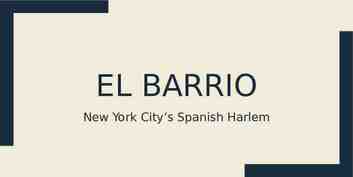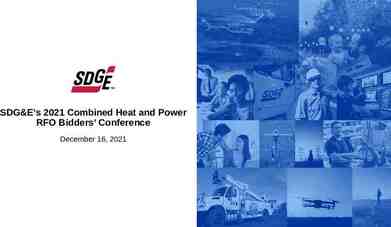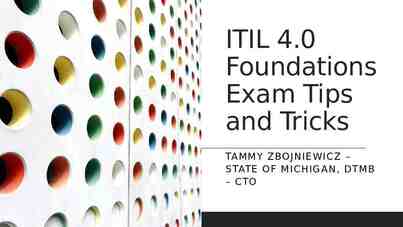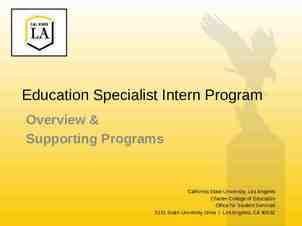2ND ANNUAL INTERNATIONAL CONFERENCE ON TESOL “ENGLISH FOR ALL”
20 Slides690.50 KB

2ND ANNUAL INTERNATIONAL CONFERENCE ON TESOL “ENGLISH FOR ALL” HUE, VIETNAM Developing Critical Thinking Skills in the English Language Classroom Helen Huntley Country Director, Institute of International Education-Vietnam [email protected]

2

WARM-UP ACTIVITY In three minutes, list all the things you could do with an umbrella. 3

WHAT IS CRITICAL THINKING? Logical and analytical thinking to decide what to believe or what to do (Robert Ennis) The process to decide if something is authentic (genuine/real), accurate (correct), and has value A critical thinker . raises questions and problems collects and interprets information comes to logical/practical conclusions and solutions considers different ways of thinking thinks for himself / herself 4

ROAD BLOCKS TO CRITICAL THINKING IN VIETNAM Very little exposure to critical thinking across the entire curriculum Focus on doing what is expected without questioning Think information means comprehension (understanding) Learning by memorizing facts only 5

CRITICAL THINKING? Read the text and answer the following questions. Yesterday I saw the palgish flesser golining begrunt the bruck. He seemed very chanderbil, so I did not jorter him. I just deabled to him quistly. Perhaps later he will besand cander, and I will be able to rangel to him. What was the flesser doing and where? What sort of flesser was he? Why did the writer decide not to jorter him? How did she deable? What did she hope would happen later? 6

ROCK OR FEATHER? Read each pair of words in your handout. Put an X next to the one word in each pair that best describes you. Be prepared to explain your choices. 7

WHAT SKILLS HAVE YOU JUST USED? higher level skills Evaluation – judge, assess, decide Synthesis – combine, substitute, create Analysis – evaluate, take apart, explain Application – use, relate, develop, try Comprehension – understand, summarize Knowledge – tell, list, information, facts lower level skills 8

BENJAMIN BLOOM’S TAXONOMY Categorizes thinking skills from concrete (real/physical) to the abstract (theoretical) higher level skills 6. Evaluation 5. Synthesis 4. Analysis 3. Application 2. Comprehension 1. Knowledge lower level skills 9

THINKING WHAT DO WE KNOW / NOT KNOW? David knew that his son’s operation would be expensive. There was always Aunt Martha. David reached for the telephone book. 10

1. GIVING YOUR OPINION Partner #1 Partner #2 Some people prefer getting up early and some people prefer getting up late. Explain which you prefer and why. Include details and examples in your explanation. Some people prefer to use text messaging. Other people would rather call their friends on the phone. Explain which you prefer and why. Include details and examples in your explanation. 11

2. FIND THE LINK Pick 2 or 3 items and find ways to link them together in some way Explain your rationale (reasons why) to a partner 12

3. CAUSE AND EFFECT Read the sentence which shows an effect. Think of as many causes as possible for this effect. Use your imagination! Example Effect: A banana is on the office floor. Cause: It fell out of someone’s lunch bag. It is a sign to show the way. Someone threw it through the window. It is a test of creativity It is part of a project It is a test to see who picks it up It is a trick to see who steps on it 13

4. FACTS AND INFERENCE STORY Listen to the story. Read the statements below. Mark the statements as follows: T definitely true F definitely false ? uncertain 14

5. AMAZONIAN VEGETABLE In small groups, discuss the questions that relate to the text. 15

6. PROBLEM/SOLUTION CARDS In groups of six, each person takes one problem card and three solution cards. Work together in your group to solve each problem using only the items on the solution cards. 16

BENEFITS OF CRITICAL THINKING Improved academic performance in all subjects Students develop skills that will help them with work, school, and life Students get better jobs in a world that increasingly tests thinking skills before hiring or promoting employees 17

WHAT CRITICAL THINKING SKILLS DO STUDENTS NEED? 1. 2. 3. 4. 5. 6. 7. 8. 9. Understanding main ideas/important details Understanding how ideas are related Organizing information Making conclusions Making connections between things Discussion Summarizing what has been heard or read Expressing opinions Supporting opinions 18

HOW TO DESIGN LESSONS TO INCREASE STUDENTS’ CRITICAL THINKING SKILLS Expect students to think more Speak less : students can think more Accept individual differences Ask “why,” “how,” and “what if” questions Sometimes there is NO ONE-RIGHT-ANSWER Students give REASONS for answers or comments Call on quiet students Have another student summarize what one student has said Students discuss problems/solutions doing group-work tasks Design all activities so that students must think to do them ----------------- Adapted from: http://www.criticalthinking.org/resources/k12/TRK12-tactics-encourage-learning.cfm Tactics that Encourage Active Learning {In Critical Thinking Handbook: Basic Theory and Instructional Structures} 19

FINAL BRAIN TEASER! Three women--named Dana, Alex, and Jean, all Business majors--signed up for a critical thinking class at San Jose State at the same time as three men--also named Dana, Alex, and Jean--did. The three men are majoring in English, Engineering, and Nursing, though not necessarily in that order. Given the following information, can you assign the correct name to each of those majors? Jean lives in San Francisco with her mother. The Engineering major lives on the peninsula, exactly halfway between San Jose and San Francisco. Alex is joined in studying at San Jose State by both of her brothers. The woman who lives nearest the Engineering major has three times as many brothers as he does. The woman with the same name as the Engineering major lives in San Jose. Dana says he is smarter than the English major. 20






